 Oddball Films and guest curator Lynn Cursaro present End of the Reel: An Oddball Memoriam 2012. Each year brings a varied roster of newly gone-but-not-forgotten figures and we present a varied and freewheeling look back at a few. Chris Marker’s haunting time travel tale La Jetée (1962) has had a broad influence in many genres in the 50 years since its release and remains gripping. Maurice Sendak’s swinging kitchen metropolis, In the Night Kitchen (1975), is just familiar enough to be the stuff of dreams. Were the Monkees a fake pop band or a real TV show? Who cares? Davy Jones and gang cut up in a colorful reel of Monkees Outtakes (c. 1966). A decade before the trill of a sitar became pop cultural shorthand for groovy, Ravi Shankar was making inroads toward a Western audience with projects like Norman McLaren’s A Chairy Tale (1957). We will also feature many more of the recently departed in shorter snippets of news and variety show excerpts. The curator’s notorious home-baked gingerbread will be among the complimentary home-baked treats for all.
Oddball Films and guest curator Lynn Cursaro present End of the Reel: An Oddball Memoriam 2012. Each year brings a varied roster of newly gone-but-not-forgotten figures and we present a varied and freewheeling look back at a few. Chris Marker’s haunting time travel tale La Jetée (1962) has had a broad influence in many genres in the 50 years since its release and remains gripping. Maurice Sendak’s swinging kitchen metropolis, In the Night Kitchen (1975), is just familiar enough to be the stuff of dreams. Were the Monkees a fake pop band or a real TV show? Who cares? Davy Jones and gang cut up in a colorful reel of Monkees Outtakes (c. 1966). A decade before the trill of a sitar became pop cultural shorthand for groovy, Ravi Shankar was making inroads toward a Western audience with projects like Norman McLaren’s A Chairy Tale (1957). We will also feature many more of the recently departed in shorter snippets of news and variety show excerpts. The curator’s notorious home-baked gingerbread will be among the complimentary home-baked treats for all.Venue: Oddball Films, 275 Capp Street, San Francisco
Admission: $10.00, RSVP Only to: 415-558-8117 or programming@oddballfilm.com
Highlights include:
La Jetee (B+W, 1962)
Chris Marker, (1921-2012) elusive filmmaker, poet, novelist, photographer and editor, challenged generations moviegoers with his complex queries about time, memory, and the rapid advancement of life on this planet. Marker’s La Jetée is one of the most influential, radical science-fiction films ever made, a time travel meditation told in haunting mostly still images. Sent backward and forward in time as a tool of his captors, a prisoner becomes entangled with a woman from the pre-war world and a memory from his own past.
A Chairy Tale (B+W, 1957)
Ravi Shankar (1920-2012) was on the brink of wide international fame in 1956 when he scored Claude Jutra and Norman McLaren’s stop motion parable of man vs. chair. A young man, looking for nothing more than a place to sit and have a nice read finds himself in a ferocious battle of this wills with an uncooperative chair. Shankar’s sitar and tabla arrangement energizes this tale of a conflict and its unusual resolution.
Monkees Outtakes (circa 1966)
Former jockey Davy Jones (1945-2012) had been signed to Columbia’s TV division straight from his stage success as the Artful Dodger in Oliver! and was conveniently on hand to add a dash of actual Britishness to NBC’s “Pre-Fab Four.” With his English music hall sensibilities and boyish looks, Jones was the most apt teen idol of the motley quartet. In this selection of colorful outtakes, all four Monkees get a chance to show off their lovably goofy sides.
With its comic book format and flash of baby nudity, Maurice Sendak’s In the Night Kitchen was groundbreaking (and censored!) upon its 1970 publication. But making a wild rumpus in the picture book aisle was always the Sendak way: from the moody Where the Wild Things Are to his adaptation of the children’s holocaust opera Brundibar. Our hero Mickey tumbles into the pantry metropolis of the night kitchen, where after hours baking is overseen by a trio of Oliver Hardy look-a-likes, who pop him in the oven. Freely referencing Windsor McKay’s Little Nemo, Sendak enhanced his standing as cool uncle to generations of kids. Angelo Michajlov's Kitchen Sink-o-Pators provide the appropriately swinging score.
About the Curator
Lynn Cursaro is a local film blogger. Over the past two decades, she has worked in research and administrative positions a variety of Bay Area film organizations. The monthly picture puzzle on the Castro Theatre’s calendar is of her devising.





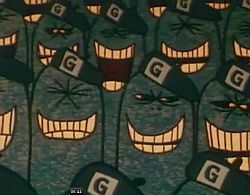
















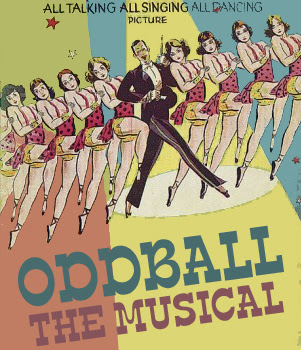


































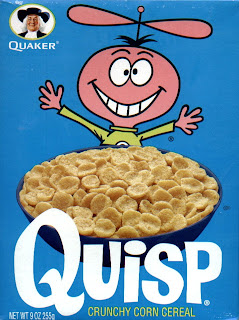


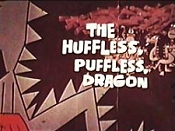



















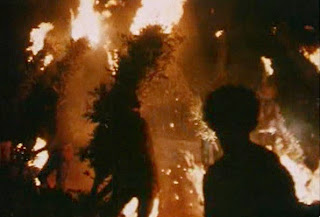




























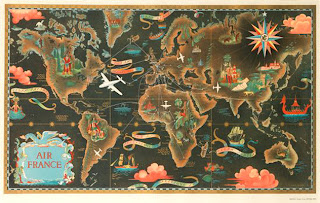
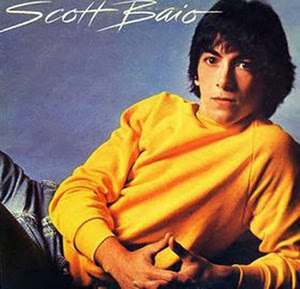










.jpg)






